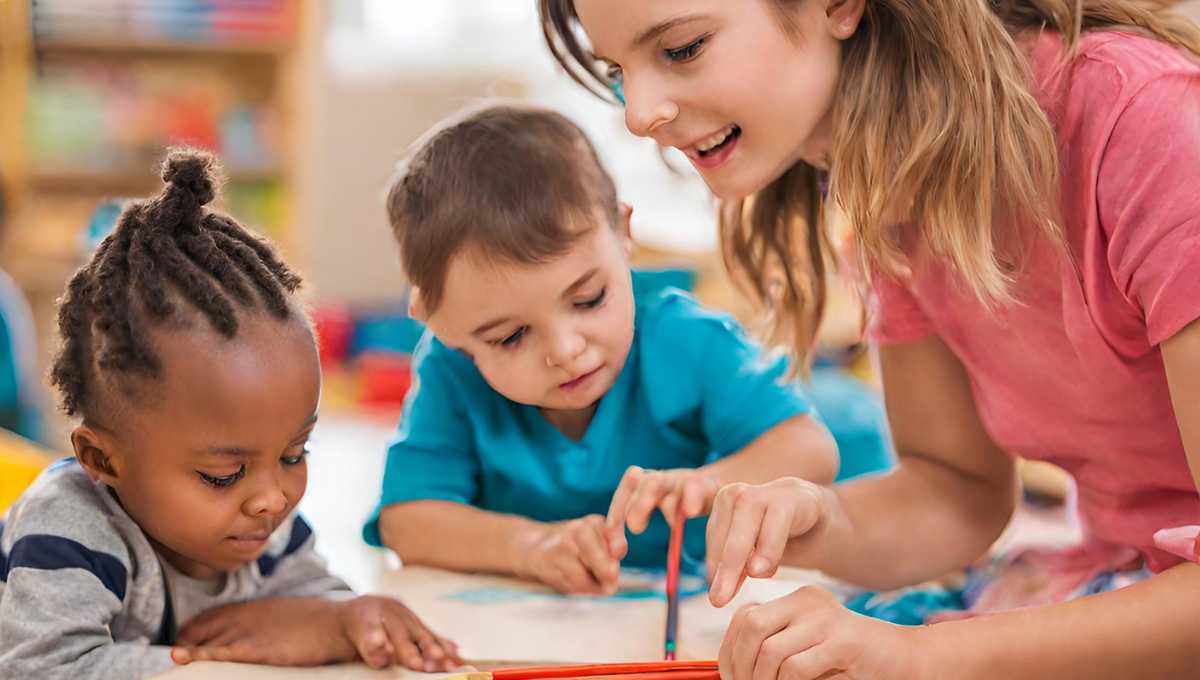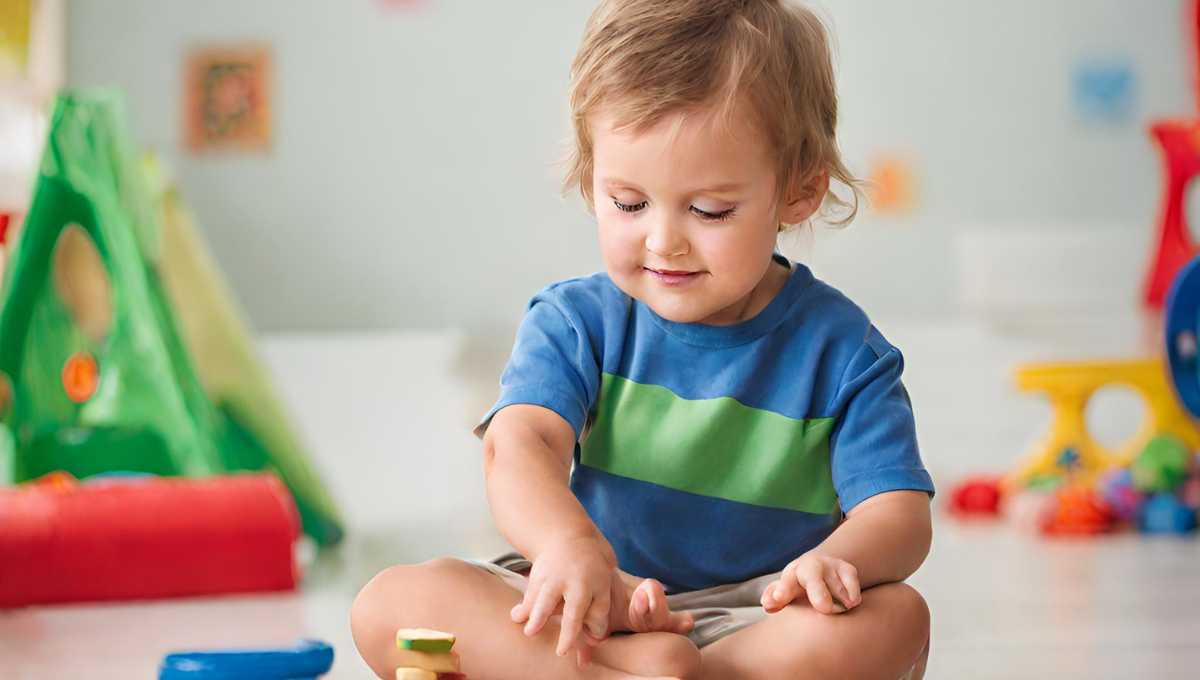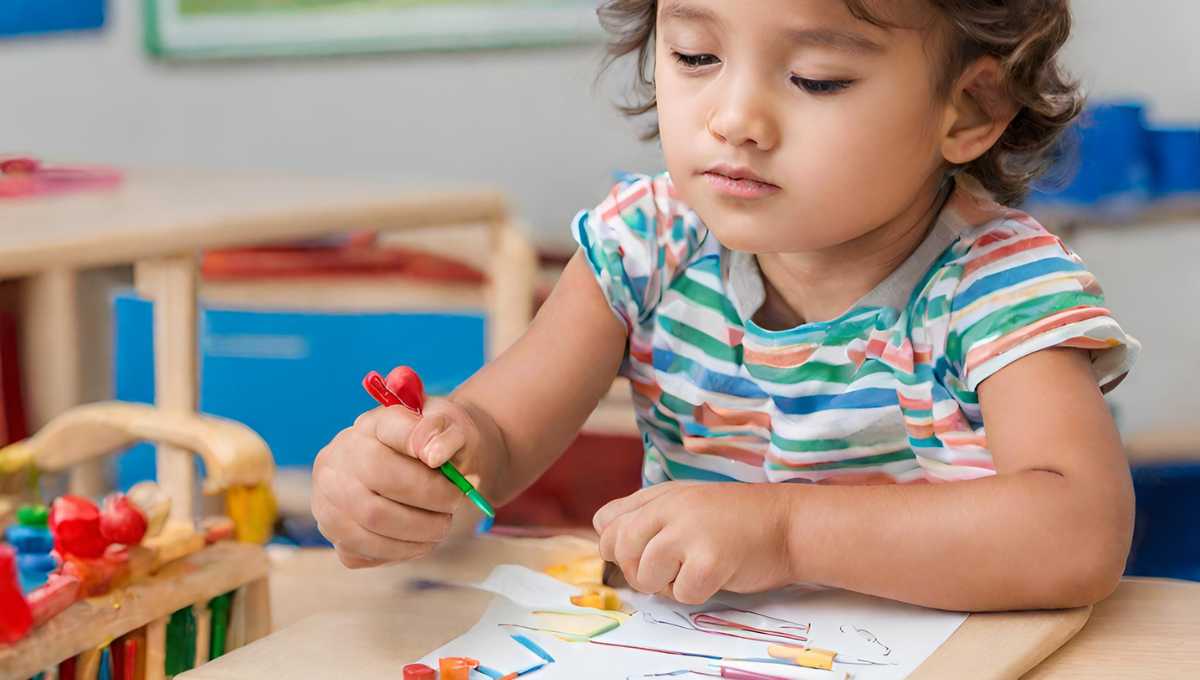early childhood education.
If you’re looking for some ideas on how to teach your child, then definitely stick around because of this blog. Here, we’ll explore several instructional approaches tailored for early childhood education.
Some teaching strategies for early childhood education
- Teachers should speak slowly and clearly so that children can understand better. When educators take their time, children have more opportunities to understand what’s being said.
Teachers should use real objects and visual aids for teaching in early childhood education.
- Labeling items is crucial in every classroom. When children can connect pictures with toys, it helps them learn better. As kids grow, it’s essential to encourage them to talk more. Teachers who work with young kids play a big part in helping them talk with each other. Some teachers suggest adding gardening to the lessons for young kids. Gardening lets them see, learn, try things out, and take care of plants.
Multi-sensory lessons engage students through two or more of the senses.
- Teachers may show pictures and explain what they mean at the same time. Be sure to allow time for play. Play is such an important factor in a child’s development. With play, children learn how to negotiate, solve problems, and work with other children.
In This Post
Toggle- Many teachers in ECECD bring in a class pet. Pets actually provide companionship and emotional support. Instruction often begins with teaching numbers and counting. Incorporate counting as a daily activity. Number rhyming is a fun way to teach counting.
- Having daily routines is also important. Routines provide a sense of structure and eliminate the unpredictability of daily lessons. It also helps save time during transitions. Most teachers integrate art into early childhood education classes. Art promotes visual, motor, and social skills in young children.
- A moment ago, I mentioned transition management, and that is the time saved from moving from one classroom activity to the next. I remember watching my son’s ECD teacher use puppets to show and explain topics and teach curriculum. Many classroom puppet shows are used to read a story while students interact with the puppet.
Quiet spaces are necessary in the classroom.
- It can be used as an area where children can go when they feel overwhelmed. When a teacher introduces a new word to the children, it’s important that the new word be explained to them. Also, clarify any misunderstandings with words that may be difficult.
- While explaining a new word or concept, teachers should make use of their body language to further communicate with students and get the point across. Young children have very limited attention spans. Don’t plan long activities for them. The lesson plan should consist of short, engaging activities, or mini-lessons.
- Last but not least, children need time to explore on their own. They must be able to learn on their own. Exploration promotes curiosity and discovery while reducing the fear of failure.
A reaserch about early child childhood education
You can imagine your brain as a planet, like
We have the Motor Skill Metropolis, Memory Mountain, and Vision Village as key domains highlighting the diverse facets of cognitive development. Through the years, popular cities grow bigger, and links between them get stronger. If one area is never developed, there can be traffic jams. this impedes the overall development of the brain, leading to exhaustion in certain neurotransmitters and shortcuts taken by others, resulting in disorientation and inefficiency.
Differentiating between average children and kids from rich families
Typically, children from families receiving welfare are exposed to approximately 600 words per hour on average.. Kids from rich families got about 2,000. By the age of 3, the gap reaches 30 million words. But it didn’t end there. Children from privileged backgrounds often receive significantly more positive reinforcement. For every six words of encouragement, they receive just one word of discouragement. In contrast, children from welfare families experience twice as much discouragement as praise.
A research study about preschool
In 1963, psychologist David Weikart and his team conducted a significant study. They randomly selected 123 underprivileged children for an experiment. These children were split into two groups: one group attended a high-quality preschool for two years One group had supportive teachers who encouraged creativity, problem-solving, and emotional help. The other group didn’t get as much attention from caregivers and continued with their normal routines.
Forty years later, the results of the High scope Perry Preschool Study were published, revealing significant differences between the two groups. By the age of five, 67% of the children who attended the top preschool demonstrated readiness for school with an IQ of over 90, compared to only 28% in the other group. By the age of fourteen, there was a notable gap in basic academic achievements between the two groups.
At age twenty-seven, those who went to the top preschool were more likely to own homes, earn more money, and were less likely to get involved in crime. The researchers found that attending the preschool for two years not only increased the children’s intelligence but also taught them important social skills, resilience, and determination, known as “grit.” These qualities had a big impact on their later success. Spending $15,000 on early education for these kids resulted in significant societal benefits, primarily by lowering crime rates. The total estimated return on investment was an impressive $195,000.
FAQ
Early childhood education plays a vital role in laying the foundation for a child’s cognitive, social, and emotional development.
Technology can be integrated through interactive apps, educational videos, and digital storytelling, providing engaging learning experiences for young learners.
Play-based learning fosters creativity, critical thinking, and social skills development, making it a valuable approach in early childhood education.
Parents play a crucial role in supporting their child’s learning journey by actively participating in their education, communicating with educators, and creating a conducive learning environment at home.
Educators can ensure inclusivity by understanding individual needs, adapting teaching methods, and fostering a supportive and accepting environment where all children feel valued and included.









